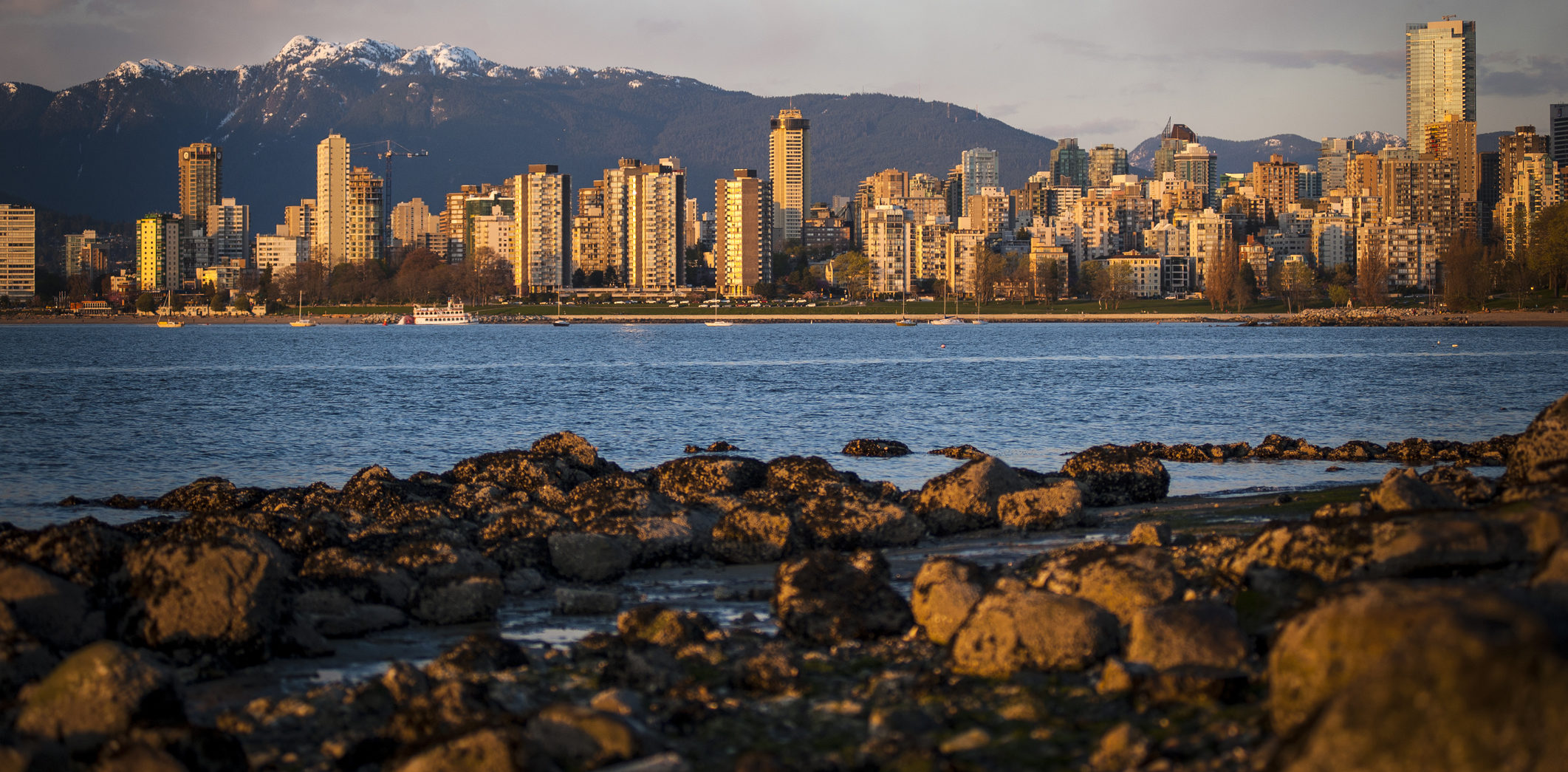Thirty scrubber-equipped ships dumped nearly 35 million tonnes of washwater effluent off the B.C. coast in 2017, according to a new study commissioned by WWF-Canada.
Scrubbers are used to remove harmful sulphur oxides from exhaust gases of heavy fuel oil (HFO) used in marine engines. Washwater, the mix of water and contaminants from HFO, is what’s disposed of in the ocean. These harmful discharges put killer whales and other species at risk.
Ninety per cent of HFO carried by ships in B.C. passes through killer whale habitat. “Southern resident killer whales in B.C. are under an enormous amount of stress, and it is concerning that washwater effluents may be further degrading their critical habitat,” said Hussein Alidina, lead specialist of oceans with WWF-Canada. “Pollution and contamination from all sources, including shipping, need to be reduced for long-term recovery of this population to be possible.”
Open-loop scrubbers, which immediately dispose of washwater, were used by 50 per cent of ships in the study. This acidic washwater is tainted with carcinogens and heavy metals.
Other ships used hybrid systems, which allow ship operators to control when discharge is released by storing it temporarily.
“Canada has a responsibility to safeguard our oceans,” said Andrew Dumbrille, senior specialist of sustainable shipping with WWF-Canada. “Washwater discharges from open-loop scrubbers pollute habitat and negatively affect wildlife, and an HFO spill would be devastating to coastal communities.”
The report states that these scrubber discharges could grow by 35 per cent in 2020 as more ships begin using scrubbers to comply with new International Maritime Organization sulphur rules. Cruise ships could account for two-thirds of this increase.
WWF-Canada supports eliminating the use of open-loop scrubbers and/or discharge from hybrid scrubbers in Canadian waters, especially in marine protected areas and critical habitats. Transitioning away from HFO to fuels that don’t require scrubbers will eliminate this threat and help set a course for zero-emission shipping by 2050.









